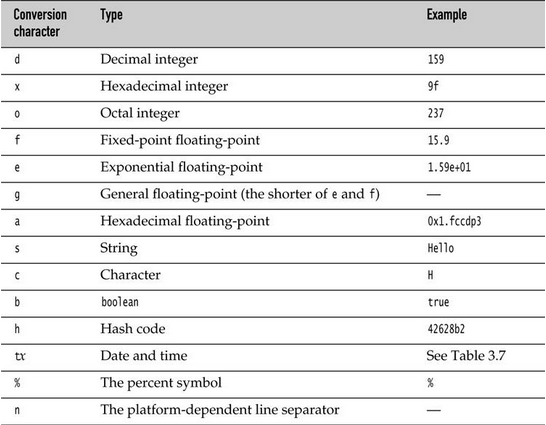String Examples
We've seen some interesting numeric examples in Java, but we've only scratched the surface of the String type. Let's dig a bit deeper.
Strings are nothing more than a grouping of Unicode characters. Each unique number,letter, symbol, and special characters (such as ©), can be represented as a unique Unicode sequence.
public class Learn {
public static void main(String[] args) {
String hello = "Hello world!";
System.out.println(hello);
}
}
That's the simplest way to work with Strings. Define a string, then (most likely) output it at some point.
But, there's so much more you can do with Strings! For example, you can combine them.
public class Learn {
public static void main(String[] args) {
String hello = "Hello";
String firstName = "John";
String lastName = "Smith";
System.out.println(hello + " " + firstName + " " + lastName + "!"); // Hello John Smith!
}
}
In this example, we combined variables using concatenation to create a single String. Concatenation simply means linking things together. In this case, we are linking separate Strings together to equal one String. Remember, when printing in this format, include + " " + between variables to create a space, as your variable likely doesn't have a space!
Writing out the pluses and spaces is quite tedious when printing Strings this way. Luckily, Java has a built in shortcut to build Strings much more easily.
public class Learn {
public static void main(String[] args) {
String hello = "Hello";
String firstName = "John";
String lastName = "Smith";
//Method 1
System.out.println(hello + " " + firstName + " " + lastName + "!"); // Hello John Smith!
//method 2 (easier)
System.out.printf("Round two: %s %s %s!", hello, firstName,lastName);
}
}
// Hello John Smith!
// Round two: Hello John Smith!
This looks confusing, so let's break it down. We used a different method called printf(), which means formatted print. Many programming languages have some form of this. Examples: In Javascript, this is called template literals. In Python, this is called f-strings (but Python also has an older print formatting method as well).
printf() prints just like println(), but allows you to use placeholders called formatting rules that begin with %. Here are the different formatting options in Java:
 Image obtained here: https://runs-on-coffee.blogspot.com/2013/03/14-formatting-output.html
Image obtained here: https://runs-on-coffee.blogspot.com/2013/03/14-formatting-output.html